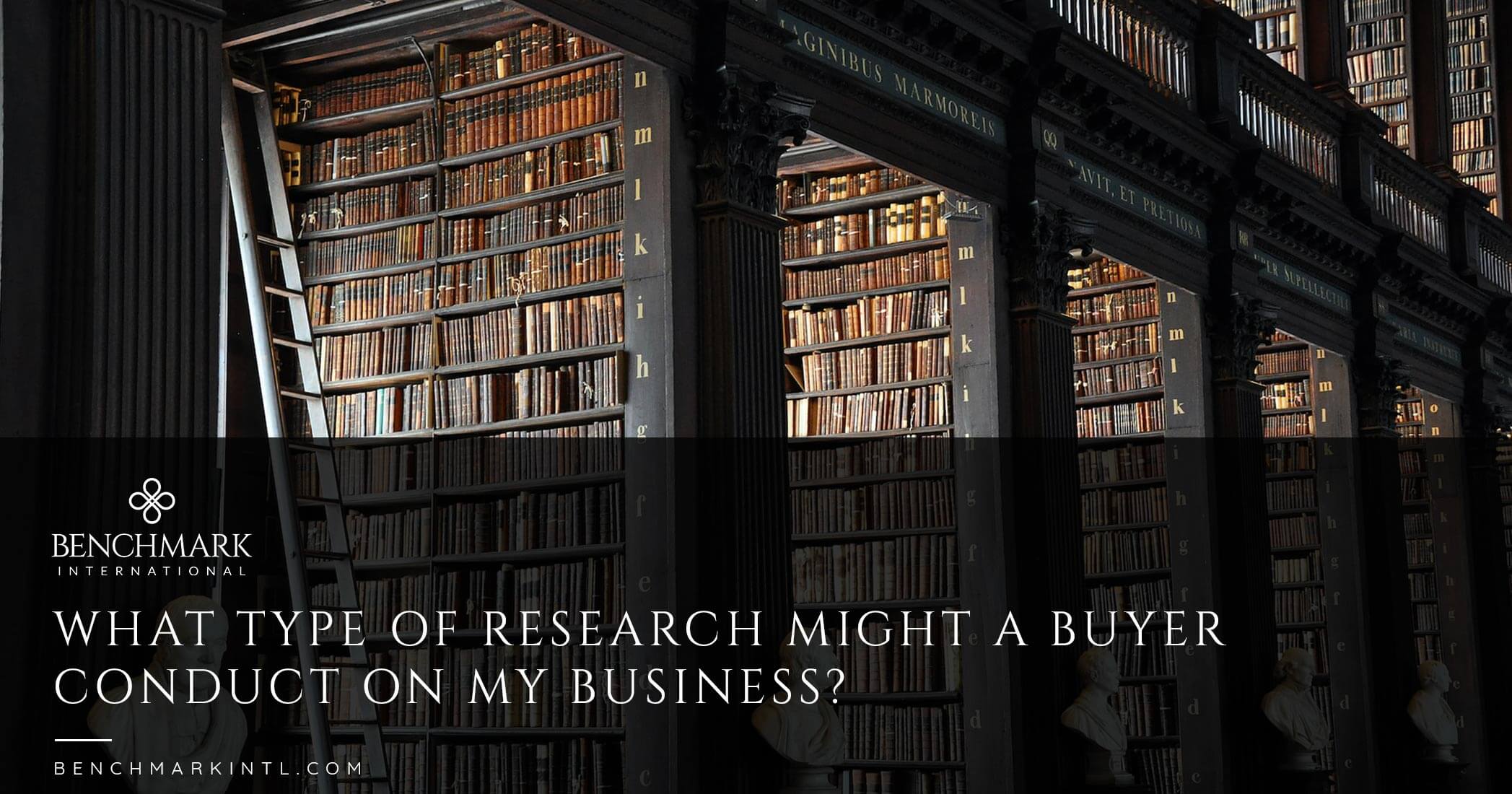When it comes to the motives and objectives of acquirers seeking to purchase a business, regardless of whether they are financial purchasers such as private equity groups, or strategic purchasers such as larger corporates looking for bolt-on opportunities, the key value drivers of the potential acquisition largely remain unchanged.
The attractiveness of a business and the value placed on it by potential purchasers can be catagorised into a select number of value drivers, each posing their own questions which any business owner should consider irrespective of whether they are currently considering a sale. Below is a small selection of key value drivers and questions an owner should consider when looking to sell:
Customers
How many?
Over-reliance on a small number of key customers can often be off-putting from a buyer’s perspective. Reducing the potential risk for the buyer by spreading a company’s turnover across a greater number of customers can increase attractiveness and value.
Who are they?
A Blue-chip client base adds significant value from a buyer’s perspective and, as such, higher premiums are often paid for businesses holding contracts with Blue-chips.
A company’s customer base will greatly determine its overall attractiveness and value from a buyer’s perspective. In order to reduce perceived risk and add value in this area, sellers should diversify the company’s revenue stream by increasing customer numbers and reducing over-reliance on certain key customers. Additionally, securing blue-chip customers can add significant value and improve the buyer’s view of the opportunity.
Suppliers
How reliant is the company on certain suppliers?
As is the case with customers, over-reliance on a small number of suppliers carries the same inherent risks and sellers should seek to avoid this by increasing supplier variety and reduce dependence.
How easy is it to source alternatives?
Should issues arise, would it be easy to source an alternative supplier? Are the alternatives as reliable? Competitively priced? Answering no to any of these questions would increase the uncertainty and potential risk for a buyer, which may, in turn, lower the buyer’s perceived value of the company or, at worst, result in them abandoning the opportunity entirely.
There will always be an element of risk when it comes to acquiring a business and uncertainty surrounding a company’s suppliers will likely affect any decisions made or value placed upon the company. In order to reduce risk, sellers should always develop contingency plans which address potential supplier issues. Source potential alternatives and de-risk by reducing over-dependence on certain key suppliers.
Industry
How competitive is the market?
Whilst competitiveness in a market can certainly be healthy for a company, as it has to learn, adapt and strive to maintain or develop market share, reducing complacency. An overly saturated market will often deter a buyer from investing due to the high levels of risk involved.
Can market share be expanded?
Strategic and financial acquirers, more often than not, will purchase or invest in a company with the intention of developing and growing it. With this in mind, it is important that sellers develop their product or service offering to stand out in its marketplace. Diversifying a company’s offering enables greater possibilities for securing custom, increasing the company’s attractiveness to buyer.
In order to strengthen the company’s standing in a market, sellers should look to diversify and innovate their product offering and, in doing so, stand out in a congested marketplace to increase demand for the company and its overall value.
 Benchmark International
Benchmark International  Benchmark International
Benchmark International 



